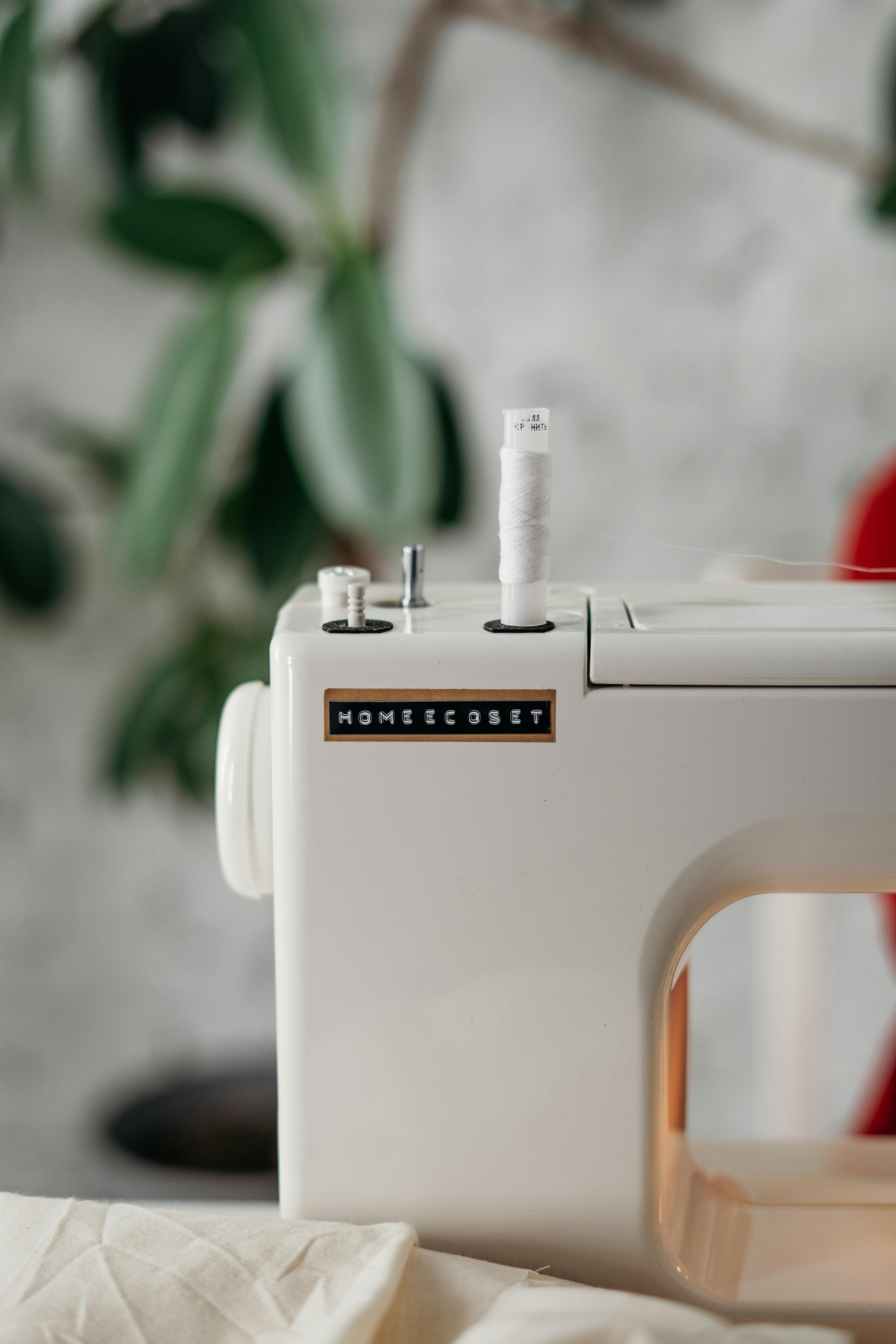
Essential Guide to Taking Care of Succulents in 2025
Succulents are highly sought-after plants, beloved for their unique shapes, vibrant colors, and low maintenance requirements. Knowing how to take care of succulents is essential, especially as these plants gain popularity in homes and gardens worldwide. They come in various types, each with specific needs that cater to their growth habits and environment. This guide will explore the best practices for succulent care, the importance of watering succulents, light exposure, and soil requirements, among other key aspects that ensure these hardy plants thrive.
As we dive deeper, we’ll discuss how to build ideal conditions for specific succulent types, seasonal care adjustments, and the best pots for effective drainage. Additionally, we’ll share vital cultivation tips such as how to propagate succulents and how to manage common pests. Whether you’re a seasoned succulent lover or a beginner, this guide is designed to enhance your understanding and appreciation of these remarkable plants. By the end, you'll have a well-rounded knowledge base, complete with succulent care tips and troubleshooting advice to foster healthy growth.
Let's begin our leafy journey!
Understanding the Basics of Succulent Care
Building on the foundational knowledge, let's examine essential succulent care instructions. A proper understanding of succulent biology is crucial, especially regarding their ability to store water, making them ideal for low-water environments. Adapting succulent care to meet these plants' unique demands begins with grasping their needs based on the type, including popular varieties such as jade plants and aloe vera.
Watering Succulents: Finding the Right Balance
Watering succulents requires a delicate balance. Overwatering is one of the most common mistakes made by indoors or outdoor succulent enthusiasts. The general rule is to water deeply but infrequently; succulents prefer their soil to dry out completely before the next watering session. Understanding succulent watering frequency can aid in preventing problems such as root rot while ensuring they receive adequate hydration.
To help maintain this balance, monitor the soil moisture regularly. You can stick your finger about an inch deep into the soil to check for dampness. If the soil feels dry, it’s time to water. During the growing season—late spring through summer—water your succulents every two to three weeks, while in winter, reduce watering to once a month or as needed.
It's also helpful to read up on the best practices for succulent care, as each type may have different watering needs, depending on its native climate.
Sunlight Needs for Healthy Growth
Succulents thrive in bright conditions but require specific sunlight exposure based on their variety. Most succulents need at least six hours of sunlight per day to flourish. However, some varieties may require more indirect light, especially in hot climates, where direct sunlight can scorch their leaves.
Understanding indoor succulent needs can help position your plants effectively. For indoor arrangements, placing them near bright windows or under grow lights can promote healthy growth. Make sure to rotate the plants every few weeks to ensure all sides receive equal sunlight exposure. This practice enhances the overall health and vibrancy of the succulents.
It's beneficial to remember that too little light can lead to stretched, leggy succulents, while too much direct sunlight can cause leaf burn. Observing your plants closely will provide the best indicators of their sunlight preferences.
Soil Requirements for Optimal Growth
The composition of the soil is critical in succulent care. Ideal succulent soil should promote good drainage to prevent water retention that could lead to root rot. A suitable potting mix typically consists of a blend of potting soil, sand, and perlite or pumice. This combination allows air to circulate around the roots while providing essential nutrients.
If you're considering growing succulents without drainage, it becomes even more crucial to select a moisture-retentive mix that doesn’t hold excess water. Be sure to repot succulents when necessary to refresh the soil and ensure proper root health. Select soil amendments like volcanic rock or coco coir to improve moisture balance.
Additionally, understanding the pH of your succulent soil can aid in selecting the right amendments for growth. Ensuring a well-rounded soil mix will contribute significantly to the health and vibrancy of your succulent collection.
Advanced Succulent Care Tips and Techniques
With these basic principles established, we can take succulent care further by exploring advanced techniques and best practices for optimal maintenance. These methods are pivotal in promoting healthy growth, preventing pest issues, and achieving a beautiful display regardless of the specific environment.

Fertilizing Succulents: Providing Nutrients Wisely
Although succulents don’t require heavy feeding, integrating the right succulent plant food during their growing season can enhance their health. Utilize a diluted liquid fertilizer specifically designed for cacti and succulents every 4-6 weeks during spring and summer. Be cautious not to over-fertilize; follow the recommended dilution ratios on product labels to avoid burning the roots.
Understanding fertilizer types can greatly improve plant health. Organic options, such as fish emulsion or compost tea, provide a gentle nutrient boost and encourage beneficial microbial activity in the soil. Observing indicators of healthy succulents will inform you if they need additional nutrients.
Propagation: Expanding Your Succulent Collection
Succulent propagation is a rewarding process and a fantastic way to expand your collection. The most common methods include leaf propagation and offsets. Leaf propagation involves removing a healthy leaf from the parent plant and placing it on well-draining soil to root. This technique works best with varieties like Echeveria and Sedum.
Encouraging succulent blooms is another gorgeous aspect of propagation. Some succulents bloom beautifully, adding color and charm to your indoor displays. When propagating, ensure sufficient sunlight but avoid direct harsh rays.
Using clean tools, including sharp scissors, reduces the risk of disease when taking cuttings. Successful propagation will often yield new roots within a few weeks, allowing you to grow new succulent plants that are healthy and vibrant.
Common Problems and Pest Control for Succulents
Identifying common succulent problems early can save your plants from permanent damage. Pests, such as mealybugs and aphids, are the most frequently encountered issues. Regular inspections of your plants can help catch infestations before they spread.
Utilizing safe insecticides for succulents can manage infestations without harming the plants. Neem oil or insecticidal soap can eliminate pests while being safe for your plant's structure.
Also, proper air circulation around the succulents can help minimize the chance of pest issues, as many thrive in stagnant environments. Keeping the leaves dry can prevent fungal diseases, providing a healthier growth atmosphere.
Seasonal Care Calendar for Succulents
Following this approach leads us naturally into succulent maintenance based on seasonal changes. Each season presents unique challenges for succulent care, from temperature requirements to light and humidity alterations. A structured approach directed by the time of year can optimize your care techniques.

Winter Care: Protecting Your Succulents
During winter, pay special attention to temperature requirements for succulents. Most prefer a cooler climate, but temperatures should ideally not drop below 50°F (10°C). Reducing watering frequency during the colder months ensures your plants do not become waterlogged due to reduced evaporative rates.
Keep succulents indoors if outdoor temperatures drop beyond their tolerance level. If they are outdoors, ensure they are in a sheltered spot to reduce frost risk and shield against cold winds.
Summer Care: Managing Heat and Sunlight
In summer, many succulents thrive in bright environments, yet it's critical to monitor heat levels carefully. The best sunlight for succulents is indirect light during extremely hot days. Misting succulents may help maintain humidity, promoting better growth without causing rot.
Regularly check moisture levels, as hot weather can quickly lead to drying out. You might consider placing pebbles on the soil surface to manage moisture retention more effectively. This practice creates a microclimate that balances humidity and dryness during extreme heat.
Spring & Fall: Preparing for Growth and Dormancy
Spring brings a resurgence of growth—time to fertilize and prepare your succulents for a vibrant growing season. Adjust your watering schedule for active growth, and repot if necessary to refresh soil nutrients. In fall, begin to reduce fertilization as succulents prepare for dormancy. Adjusting care based on these seasonal timelines can promote longevity and health.
Your succulent care calendar should reflect these ongoing adjustments to adapt to varying conditions and seasons effectively.
Creating Beautiful Indoor and Outdoor Arrangements
Finally, consider how succulent displays can enrich your living spaces. Understanding the aesthetic placement of succulents can create inviting indoor succulent arrangements that enhance your home's atmosphere. Meanwhile, outdoor succulent care shifts focus to creating stunning arrangements in gardens or patios.
Utilizing container gardening for succulents offers flexibility in design—arranging multiple succulent types in cohesive displays maximizes visual impact. Look into DIY succulent planters that reflect your personality while still providing the necessary plant maintenance.
Monitor factors affecting succulent health, such as drainage, sunlight exposure, and watering methods. Combining various colors and shapes not only adds interest to your displays but also blends caring for tall succulents with smaller varieties, creating a striking effect.
Q&A Section: Common Questions About Succulent Care
1. **What is the best potting soil for succulents?**
Ideal potting mix should include sand, perlite, and quality potting soil to enhance drainage while providing nutrients.
2. **How often should I water my succulents?**
Watering frequencies depend on the season, with deeper watering needed every 2-4 weeks during the growing season.
3. **How can I tell if my succulent is healthy?**
A healthy succulent typically exhibits firm, plump leaves, vibrant color, and growth in the appropriate season. Look for signs of overwatering or pests.
4. **What are common succulent pests?**
Mealybugs, aphids, and fungus gnats are common. Regular inspections and prompt treatment will keep your plants safe.
5. **Can I grow succulents indoors?**
Absolutely! Many varieties thrive in indoor conditions with the right light, temperature, and care.
By assimilating these succulent care techniques, any gardener, whether novice or advanced, will feel empowered to nurture beautiful and healthy plants while avoiding common pitfalls. Make sure to regularly refresh your knowledge and connect with the vibrant community of succulent lovers to further enhance your skills.